.jpg)
In part four of our project bike, we got the gearbox and the carburetor problem figured out. Now comes the hard part of our project: figuring out where and how the pipe is to be mounted.
Project 2-4 Stories:
Ideally, we wanted a typical high pipe, but the two-stroke barrel is much bigger and wider than the four-stroke motor that was in there, so we had to go with the low pipe after much fiddling around.
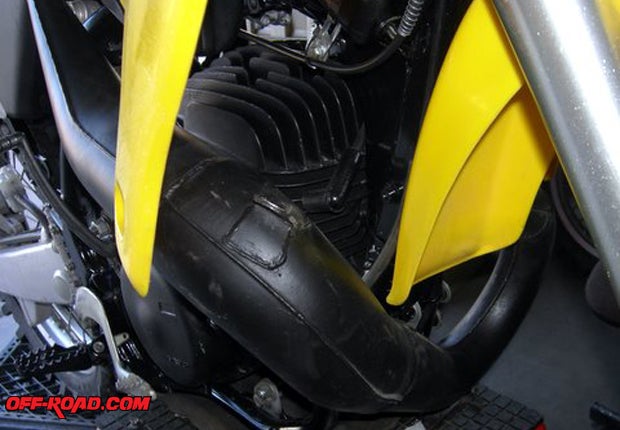
One good thing we noticed about the possible pipe installation was that there was a good amount of room under the motor and between the frame rails. Therefore, if we had to run a low pipe, it would be tucked in very nicely and very little of the pipe would be hanging down.
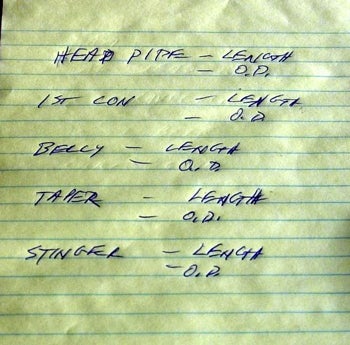
A very important thing: before you start to cut on the pipe in any way whatsoever, measure all of the areas of the pipe that will receive cuts. This means the head pipe, the first cone, the belly or center section of pipe, the second cone and the stinger. This way, if you have any questions, you can refer back to your absolutely correct original dimensions.
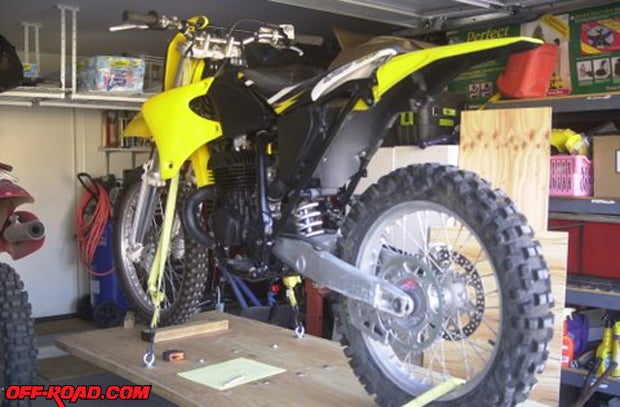
We tried the pipe in various high positions that you can see from the photos but rather quickly abandoned this idea, as way too much of the pipe stuck out and would be nothing but a leg burner.
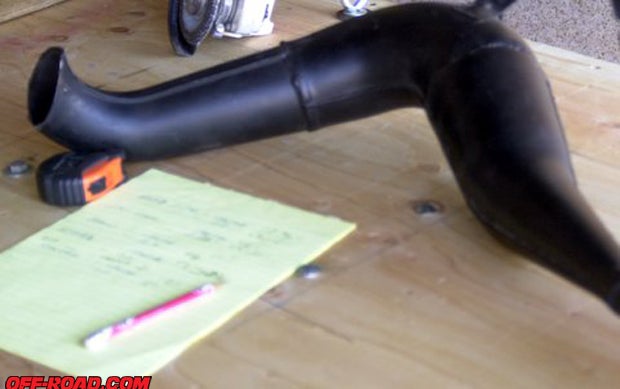
The best thing you can do with starting to fabricate a pipe, is to position the head pipe as best you can. We cut it off and this gave us a very good starting point.
Now follow along and see what we accomplished.
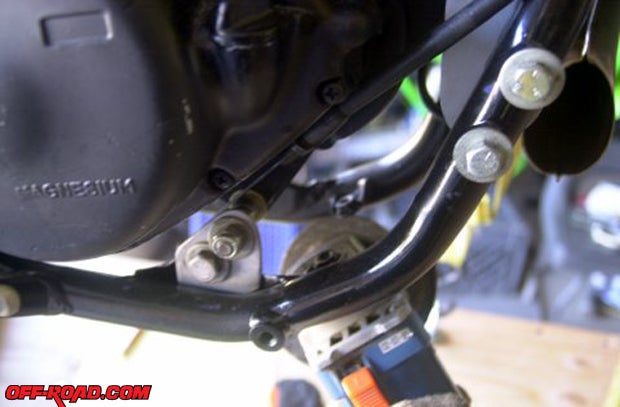
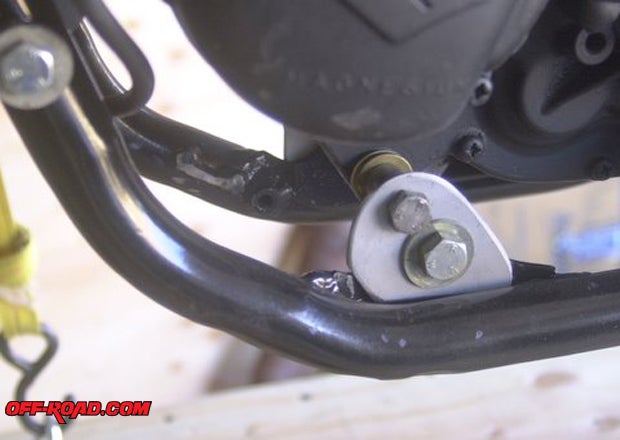
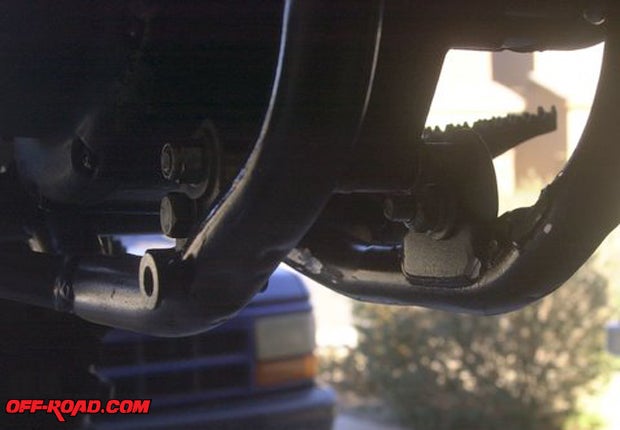
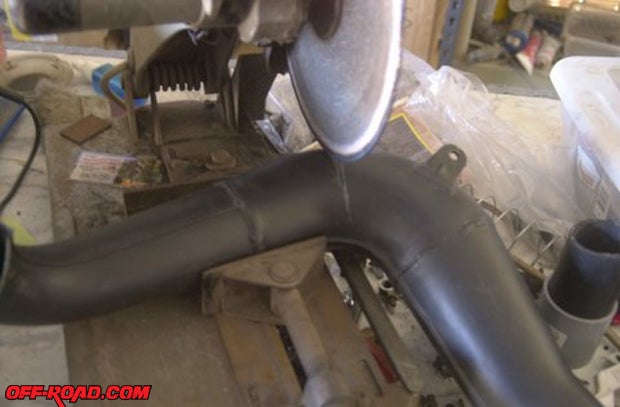
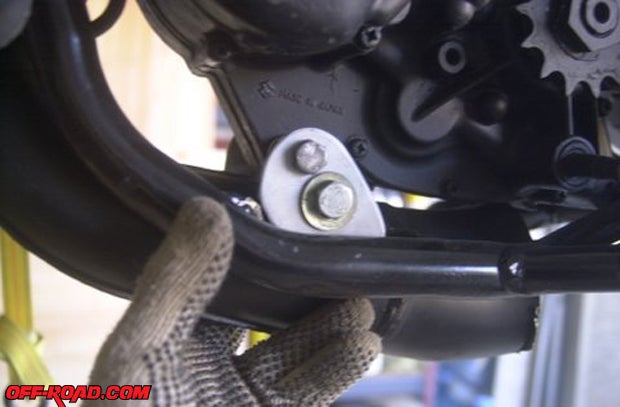
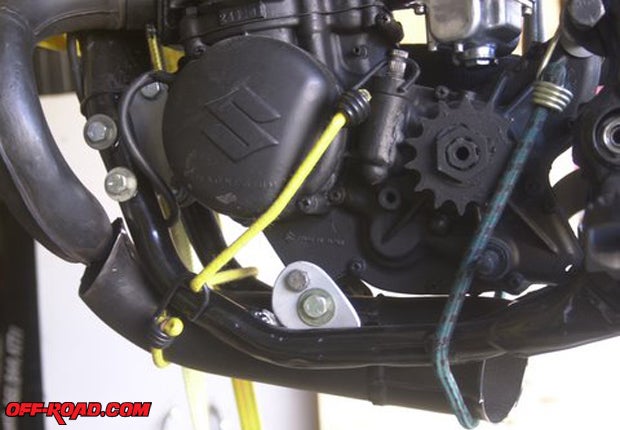
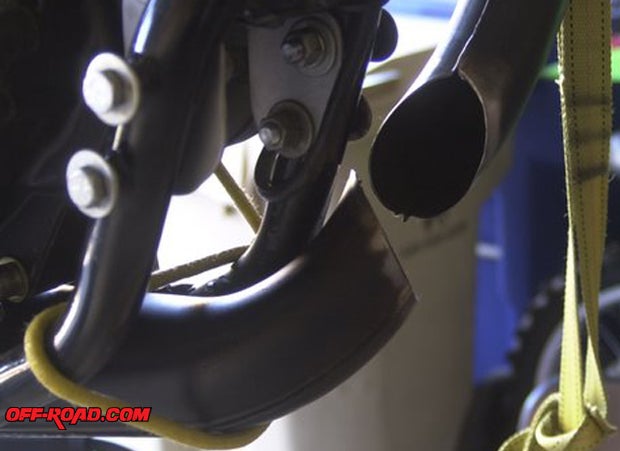
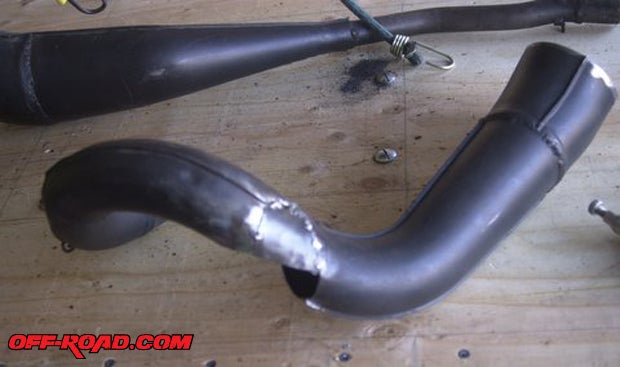
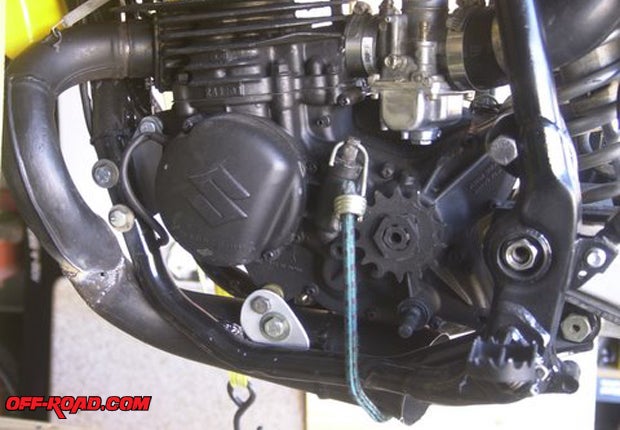
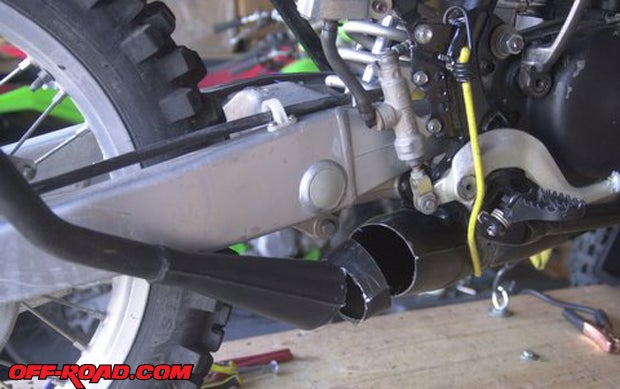
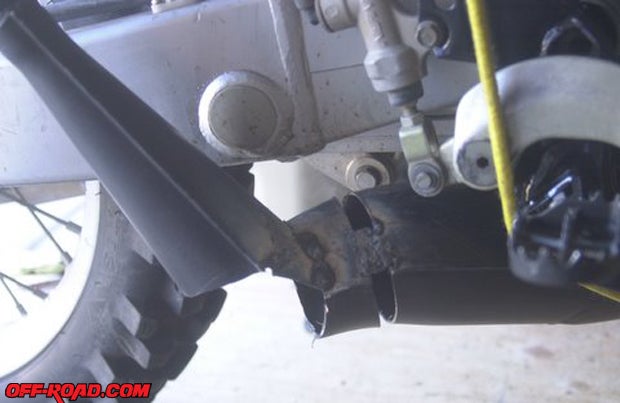
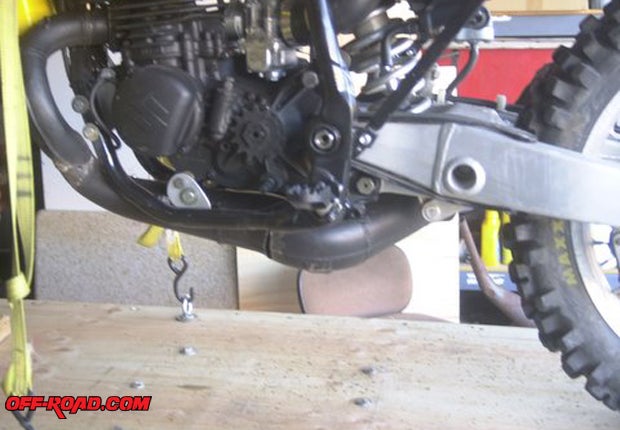
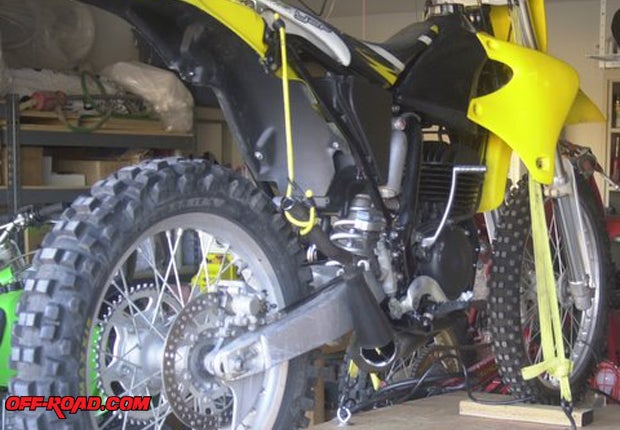
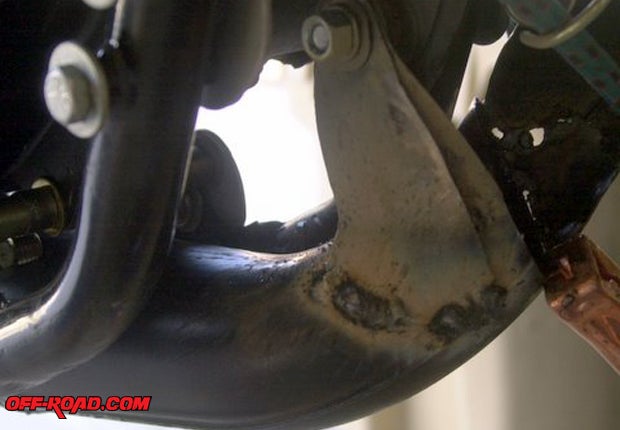
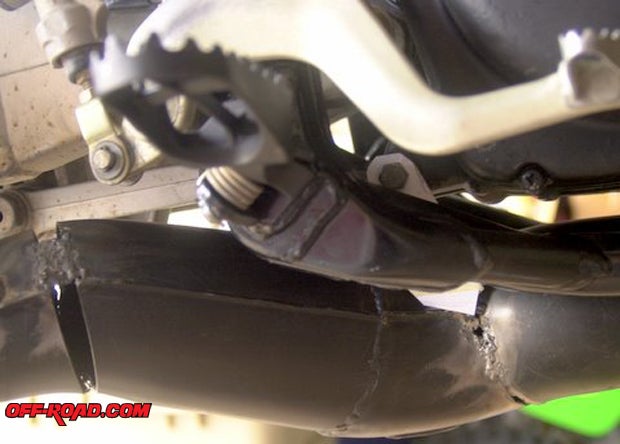
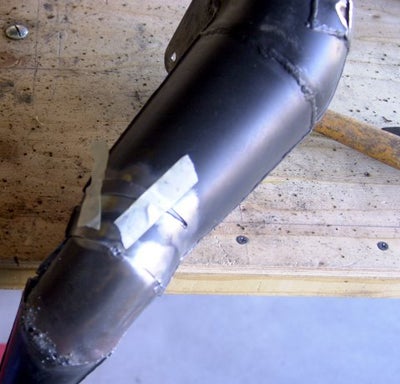
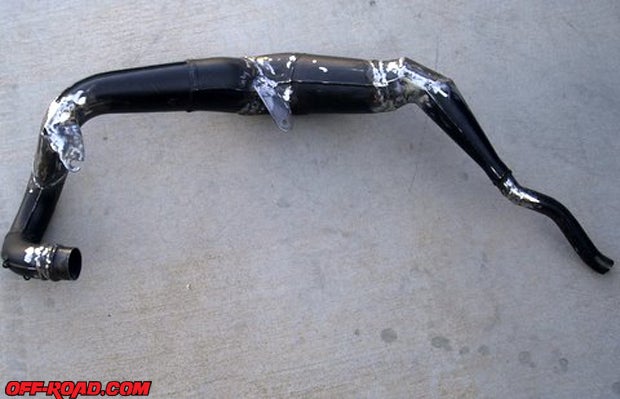
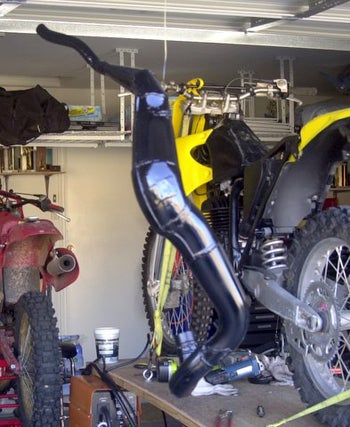
Check out other stories in the Project 2-4 Build:
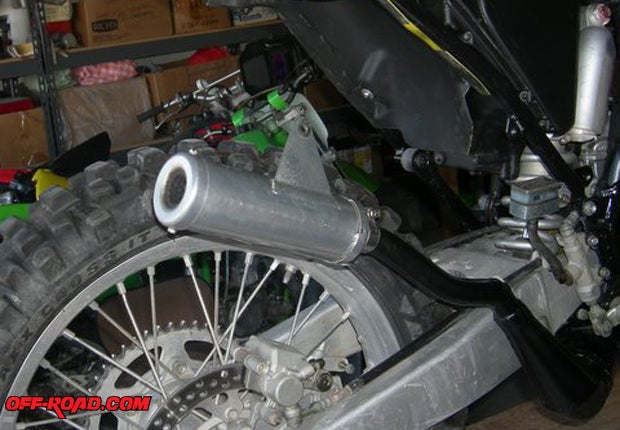
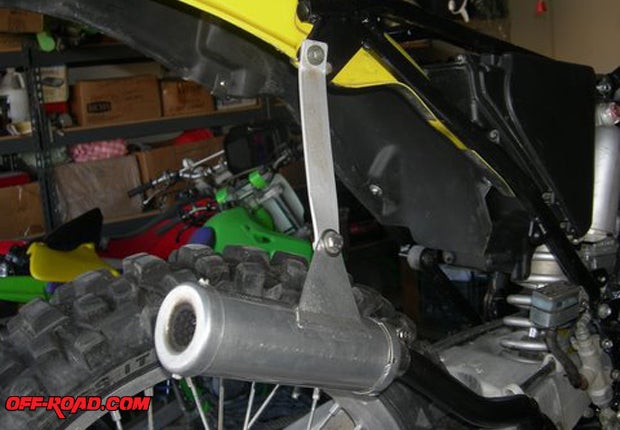
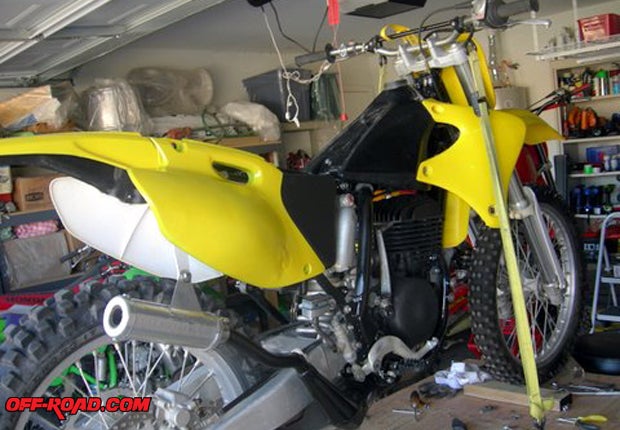
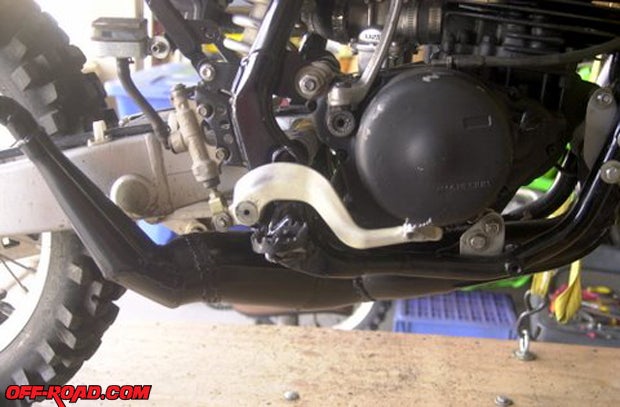


 Your Privacy Choices
Your Privacy Choices